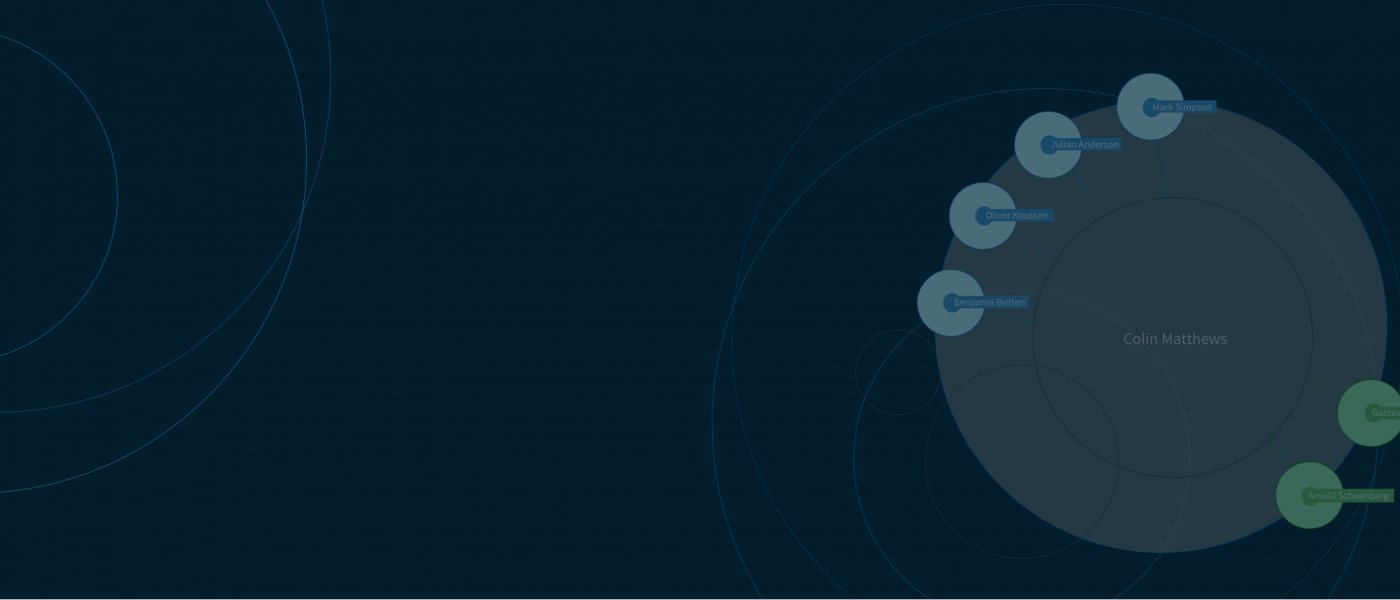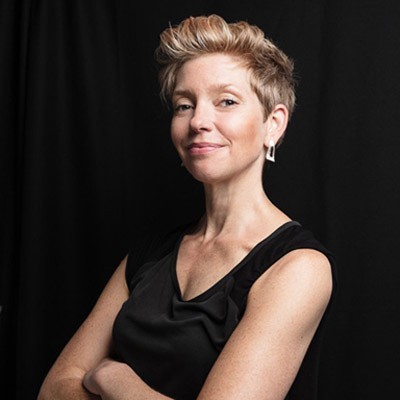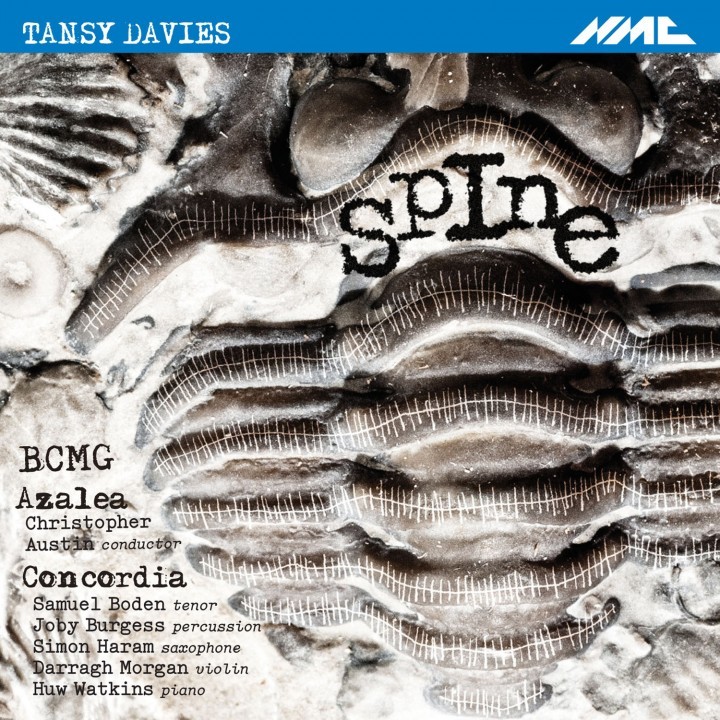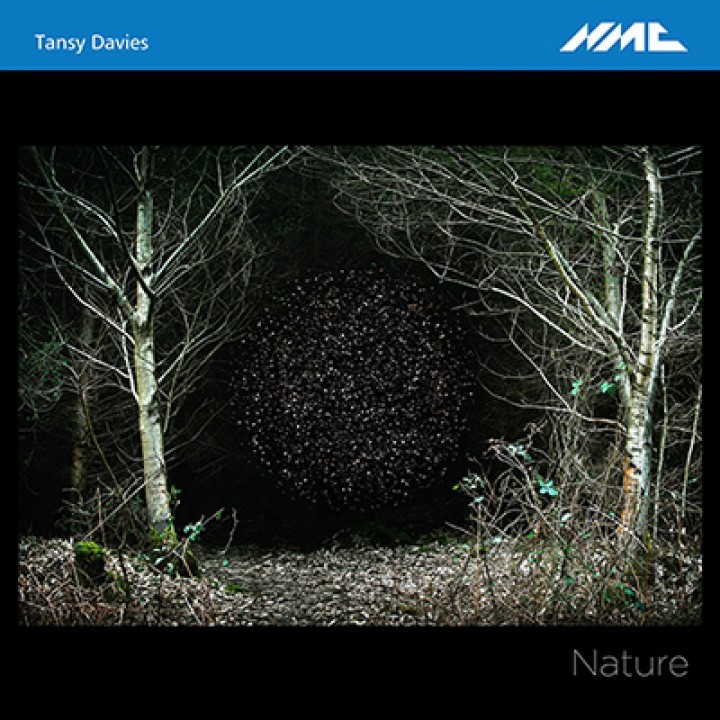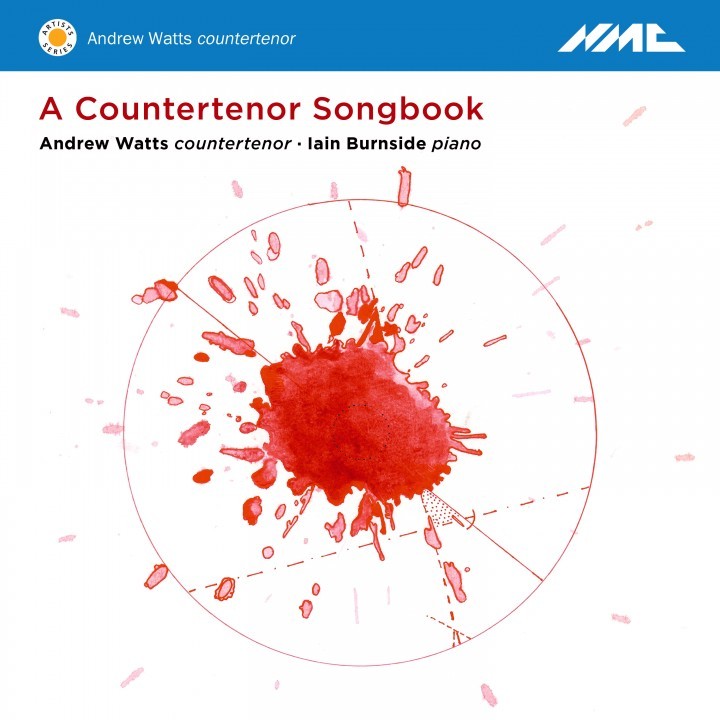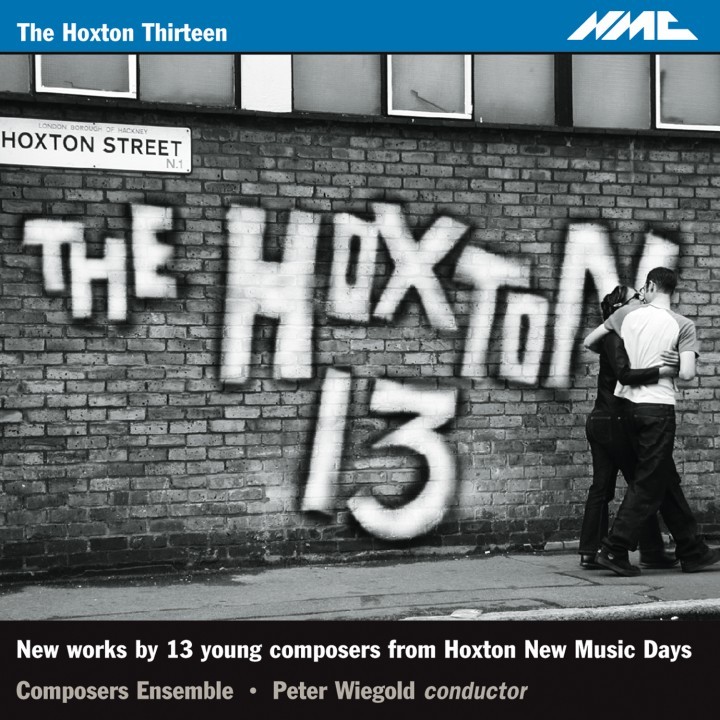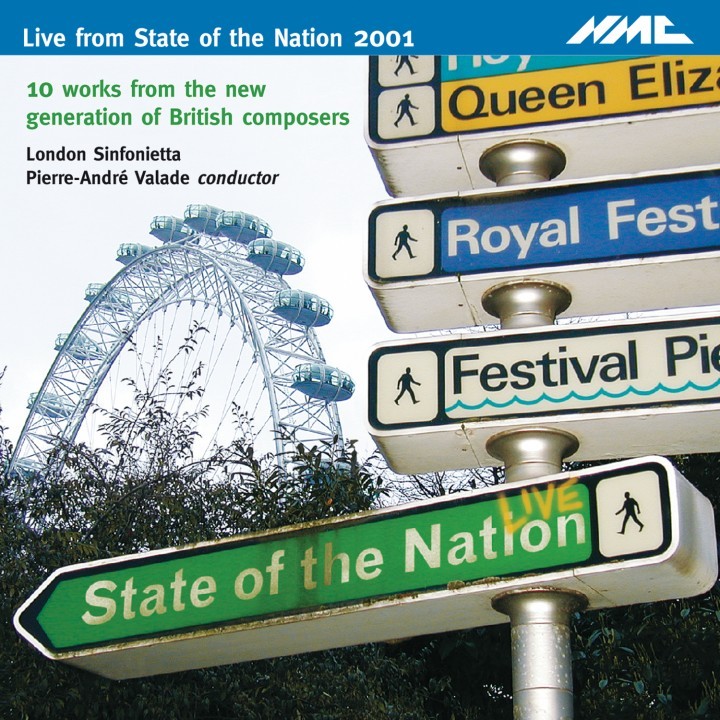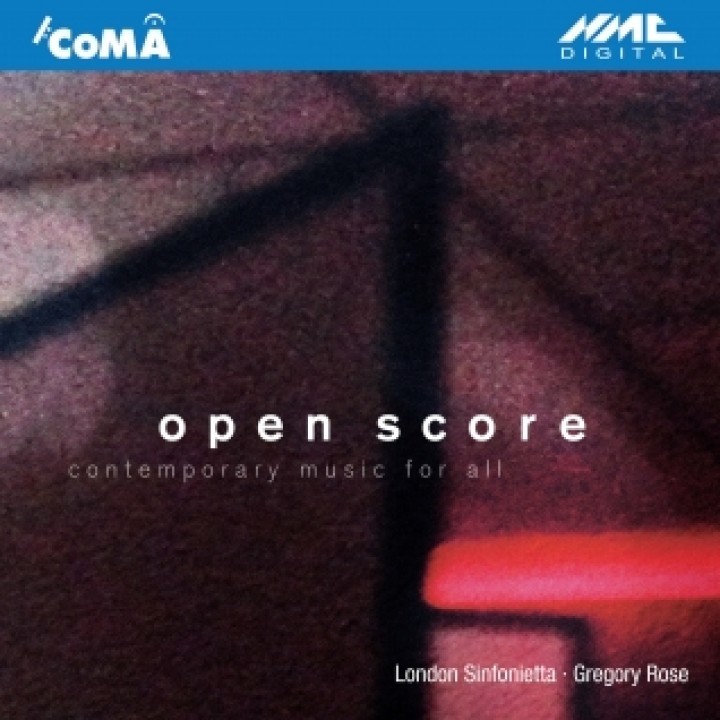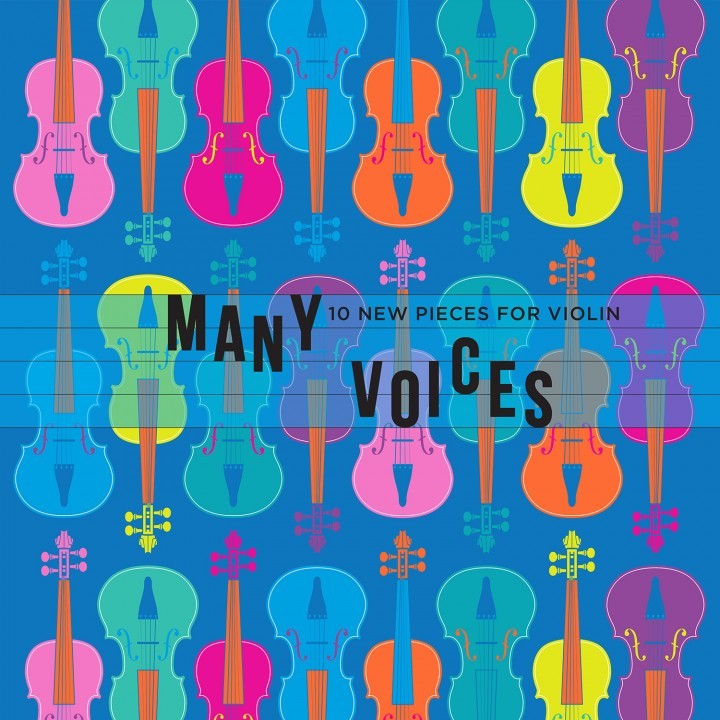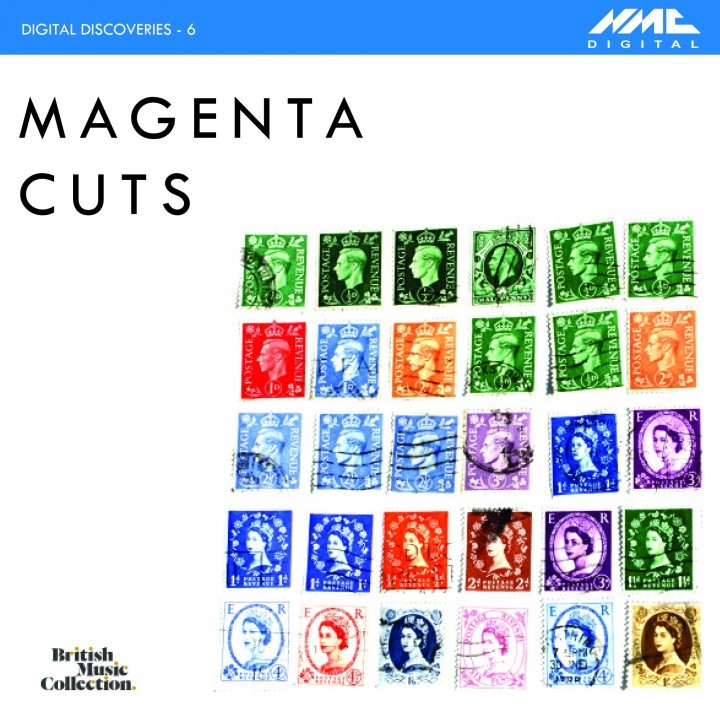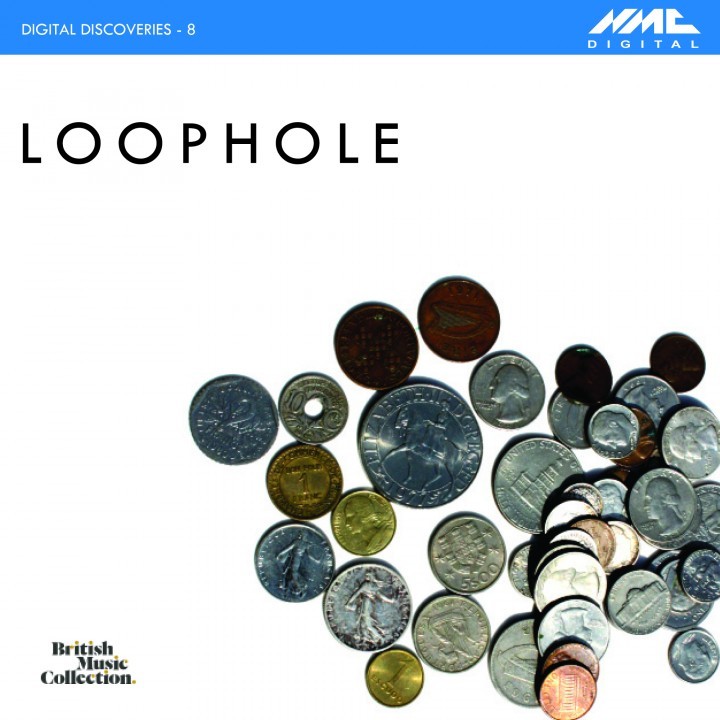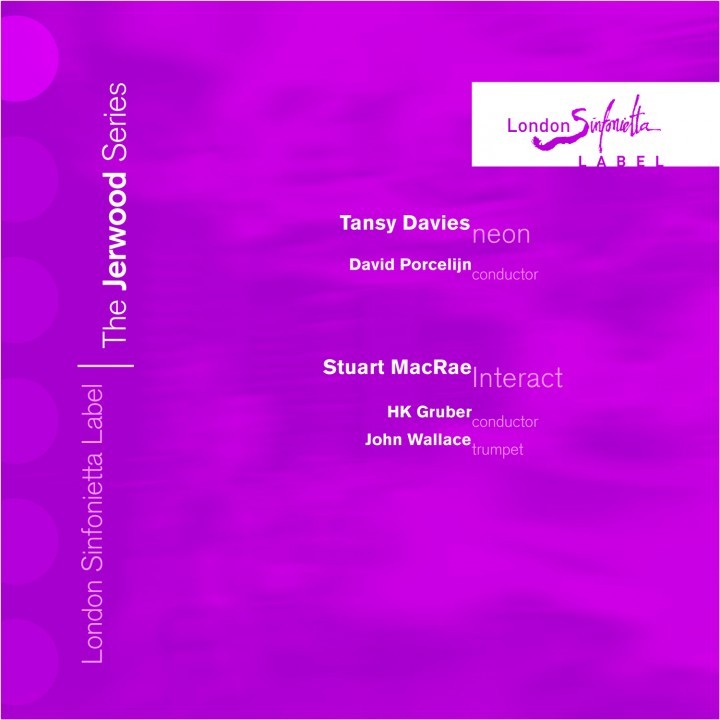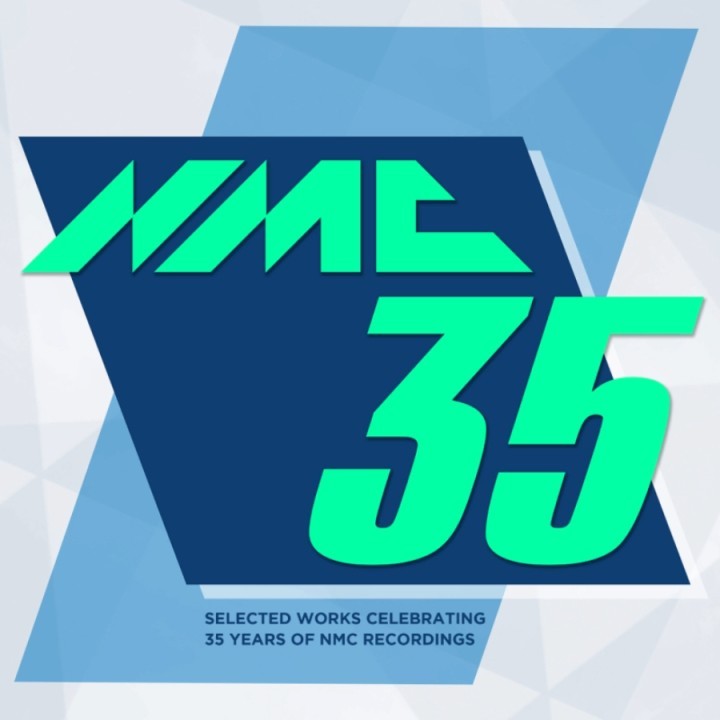Tansy Davies
Tansy Davies writes music that is sleek, hot, earthy, physical. Her instruments glint and sigh and thrust. Her textures are lean and gleaming. Her rhythms are all punch and sinew. As a composer she is immensely herself: a woman of fearsome drive and rigour and self-knowledge, a woman who connects with body, spirituality and political convictions – and who conveys all that without without filter or apology. That’s what makes her music so immediately and intoxicatingly her own. To hear it is beguiling, bracing, provocative, a rush of blood to the head, a soft breath to the skin, a reboot to the system.
There is no fleshiness here. A Tansy Davies score never sags. The music is taught as a drum, alert as a raptor, quick-reflexed and tactile as a cat. It’s uncompromising and it’s proud, cutting razor-sharp forms through a concert hall. But it’s never austere because there’s deep sensuality, too, the kind of brazen sensuality that meets you with a clear gaze and quickens the breath and stirs parts of you that hardly ever stir where contemporary classical music is concerned.
Tansy Davies grew up playing in rock bands; she knows what it means to feel music in the body. And she always had an instinct to stretch and deepen and throw off-kilter. She absorbed the big beats of funk, the spangly pizzaz of disco, the jagged elbows of bebop, the outer wilds of alt-pop, the sculpted curves and sudden lushness of polyphony, the clean craft of post-war modernism. She played French horn and guitar, testing herself with long prog-rock solos and the limits of form, harmony and timbre without ever losing the groove. She discovered she could tread a line between sensual and cerebral better than anyone, so she kept treading that line.
Take a work like neon (2004): the music struts, poses, trips up, gets up. salt box (2005) is a wild ride and a sweet embrace. In the tiny song Greenhouses (2010), oily bass and nervy percussion twitch and swagger while a woman’s voice intones an implacable plainchant with low alto flute as confidante. In the mighty concerto for four horns, Forest (2016), the orchestral writing grows in tendrils and tall thickets to make dappled light and dark spaces. It’s music of glistening shadows and deep mysteries, music that speaks with an urgent voice about the solace and the vulnerability of nature.
There is a recurring shaman afoot – a conduit who flits between all aspects of Tansy’s musical philosophy. He’s there as mercurial solo saxophone in Iris (2004); he’s there in Tansy’s courageous first opera, Between Worlds (2014); he’s there in her urgent and haunting second opera, Cave (2018). Maybe this shaman is simply an embodiment of what Tansy has been doing all along. Exploring the elemental mechanisms of the natural world, exploring the psychological devastation of global events, exploring the most intimate aspects of body and heart and head. Tansy’s music lets us feel what it is to be multiform and nimble, intense and enlivened, confrontational and beautiful.
Tansy Davies writes music that is sleek, hot, earthy, physical. Her instruments glint and sigh and thrust. Her textures are lean and gleaming. Her rhythms are all punch and sinew. As a composer she is immensely herself: a woman of fearsome drive and rigour and self-knowledge, a woman who connects with body, spirituality and political convictions – and who conveys all that without without filter or apology. That’s what makes her music so immediately and intoxicatingly her own. To hear it is beguiling, bracing, provocative, a rush of blood to the head, a soft breath to the skin, a reboot to the system.
There is no fleshiness here. A Tansy Davies score never sags. The music is taught as a drum, alert as a raptor, quick-reflexed and tactile as a cat. It’s uncompromising and it’s proud, cutting razor-sharp forms through a concert hall. But it’s never austere because there’s deep sensuality, too, the kind of brazen sensuality that meets you with a clear gaze and quickens the breath and stirs parts of you that hardly ever stir where contemporary classical music is concerned.
Tansy Davies grew up playing in rock bands; she knows what it means to feel music in the body. And she always had an instinct to stretch and deepen and throw off-kilter. She absorbed the big beats of funk, the spangly pizzaz of disco, the jagged elbows of bebop, the outer wilds of alt-pop, the sculpted curves and sudden lushness of polyphony, the clean craft of post-war modernism. She played French horn and guitar, testing herself with long prog-rock solos and the limits of form, harmony and timbre without ever losing the groove. She discovered she could tread a line between sensual and cerebral better than anyone, so she kept treading that line.
Take a work like neon (2004): the music struts, poses, trips up, gets up. salt box (2005) is a wild ride and a sweet embrace. In the tiny song Greenhouses (2010), oily bass and nervy percussion twitch and swagger while a woman’s voice intones an implacable plainchant with low alto flute as confidante. In the mighty concerto for four horns, Forest (2016), the orchestral writing grows in tendrils and tall thickets to make dappled light and dark spaces. It’s music of glistening shadows and deep mysteries, music that speaks with an urgent voice about the solace and the vulnerability of nature.
There is a recurring shaman afoot – a conduit who flits between all aspects of Tansy’s musical philosophy. He’s there as mercurial solo saxophone in Iris (2004); he’s there in Tansy’s courageous first opera, Between Worlds (2014); he’s there in her urgent and haunting second opera, Cave (2018). Maybe this shaman is simply an embodiment of what Tansy has been doing all along. Exploring the elemental mechanisms of the natural world, exploring the psychological devastation of global events, exploring the most intimate aspects of body and heart and head. Tansy’s music lets us feel what it is to be multiform and nimble, intense and enlivened, confrontational and beautiful.
Recordings by this composer
RecordingsCompilations with this composer
CompilationsRelated composers
Related composersRelated news
NewsMusic Map
Discover more about the classical music of today with NMC's Music Map, and exciting and educational online tool which enables you to see and hear the connections between composers, their teachers, pupils, influences and their works.
Music Map